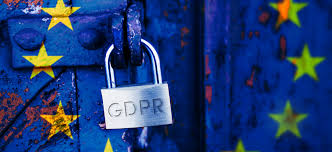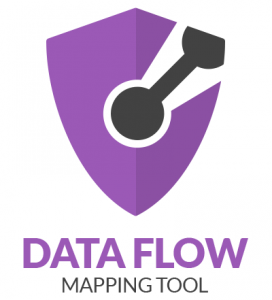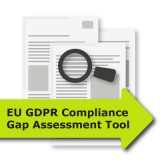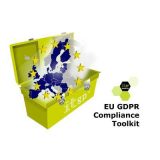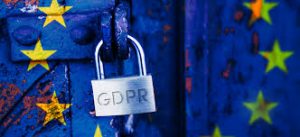
By Julia Dutton
Organizations have until 25 May 2018 to comply with the EU General Data Protection Regulation (GDPR).
Those who have studied the Regulation will be aware that there are many references to certification schemes, seals and marks. The GDPR encourages the use of certification schemes like ISO 27001 to serve the purpose of demonstrating that the organisation is actively managing its data security in line with international best practice.
Managing people, processes and technology
ISO 27001 is the international best practice standard for information security, and is a certifiable standard that is broad-based and encompasses the three essential aspects of a comprehensive information security regime: people, processes and technology. By implementing measures to protect information using this three-pronged approach, the company is able to defend itself from not only technology-based risks, but other, more common threats, such as poorly informed staff or ineffective procedures.
By implementing ISO 27001, your organisation will be deploying an ISMS (information security management system): a system that is supported by top leadership, incorporated into your organisation’s culture and strategy, and which is constantly monitored, updated and reviewed. Using a process of continual improvement, your organisation will be able to ensure that the ISMS adapts to changes – both in the environment and inside the organisation – to continually identify and reduce risks.
What does the GDPR say?
The GDPR states clearly in Article 32 that “the controller and the processor shall implement appropriate technical and organisational measures to ensure a level of security appropriate to the risk, including inter alia as appropriate:
- the pseudonymisation and encryption of personal data;
- the ability to ensure the ongoing confidentiality, integrity, availability and resilience of processing systems and services;
- the ability to restore the availability and access to personal data in a timely manner in the event of a physical or technical incident;
- a process for regularly testing, assessing and evaluating the effectiveness of technical and organisational measures for ensuring the security of the processing.”
Let’s look at these items separately:
Encryption of data is recommended by ISO 27001 as one of the measures that can and should be taken to reduce the identified risks. ISO 27001:2013 outlines 114 controls that can be used to reduce information security risks. Since the controls an organisation implements are based on the outcomes of an ISO 27001-compliant risk assessment, the organisation will be able to identify which assets are at risk and require encryption to adequately protect them.
One of ISO 27001’s core tenets is the importance of ensuring the ongoing confidentiality, integrity and availability of information. Not only is confidentiality important, but the integrity and availability of such data is critical as well. If the data is available but in a format that is not usable because of a system disruption, then the integrity of that data has been compromised; if the data is protected but inaccessible to those who need to use it as part of their jobs, then the availability of that data has been compromised.
Risk assessment
ISO 27001 mandates that organisations conduct a thorough risk assessment by identifying threats and vulnerabilities that can affect an organisation’s information assets, and to take steps to assure the confidentiality, availability and integrity (CIA) of that data. The GDPR specifically requires a risk assessment to ensure an organisation has identified risks that can impact personal data.
Business continuity
ISO 27001 addresses the importance of business continuity management, whereby it provides a set of controls that will assist the organisation to protect the availability of information in case of an incident and protect critical business processes from the effects of major disasters to ensure their timely resumption.
Testing and assessments
Lastly, organisations that opt for certification to ISO 27001 will have their ISMSs independently assessed and audited by an accredited certification body to ensure that the management system meets the requirements of the Standard. Companies need to regularly review their ISMS and conduct the necessary assessments as prescribed by the Standard in order to ensure it continues protecting the company’s information. Achieving accredited certification to ISO 27001 delivers an independent, expert assessment of whether you have implemented adequate measures to protect your data.
The requirements to achieve compliance with ISO 27001 of course do not stop there. Being a broad standard, it covers many other elements, including the importance of staff awareness training and leadership support. ISO 27001 has already been adopted by thousands of organisations globally, and, given the current rate and severity of data breaches, it is also one of the fastest growing management system standards today.
Related articles:
Read more about ISO 27001 and the GDPR >>>>
GDPR Documentation Toolkit and gap assessment tool >>>>
Understanding the GDPR: General Data Protection Regulation >>>>

